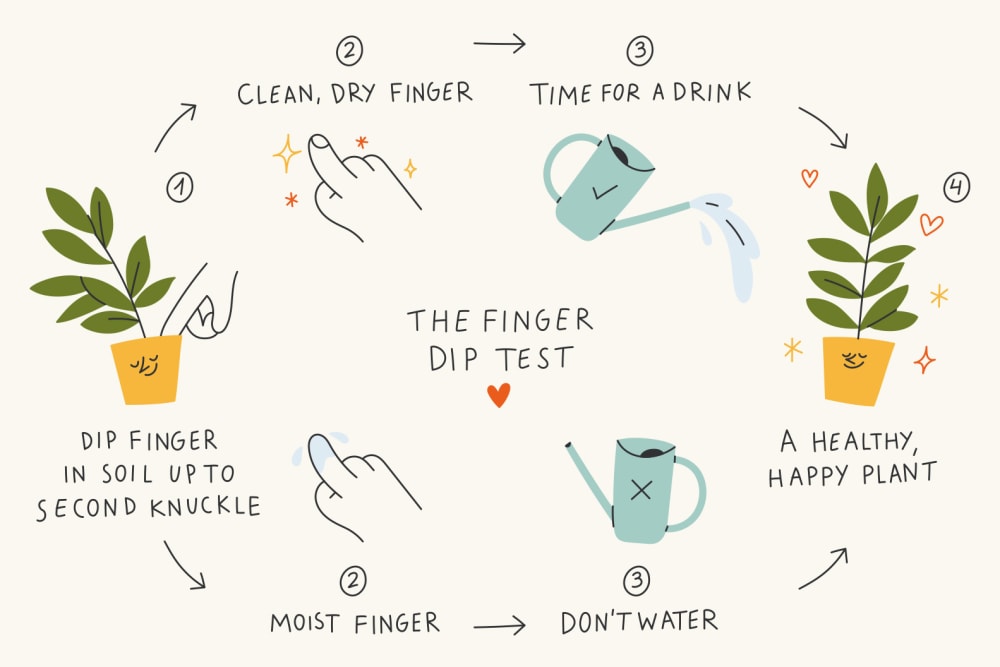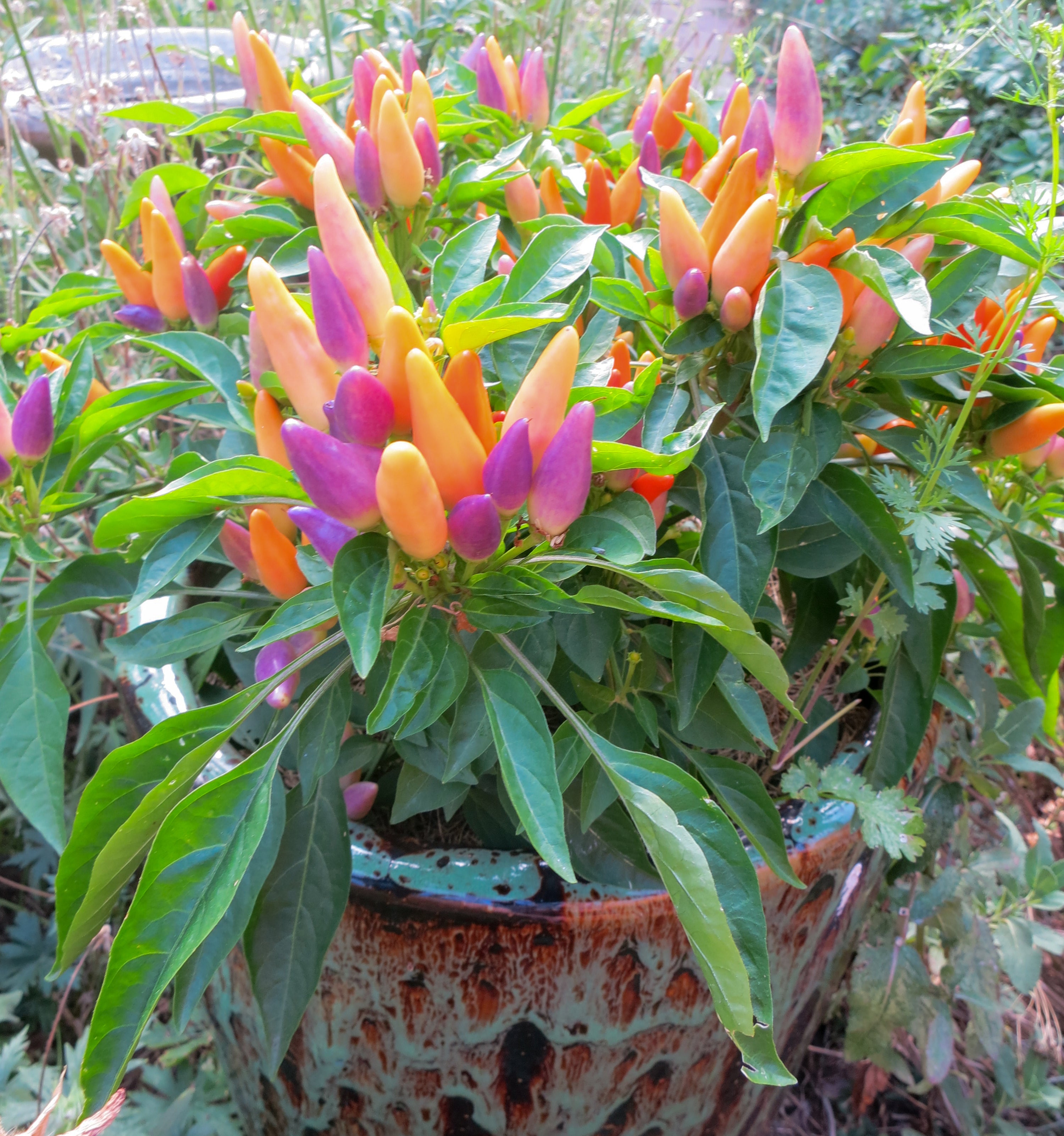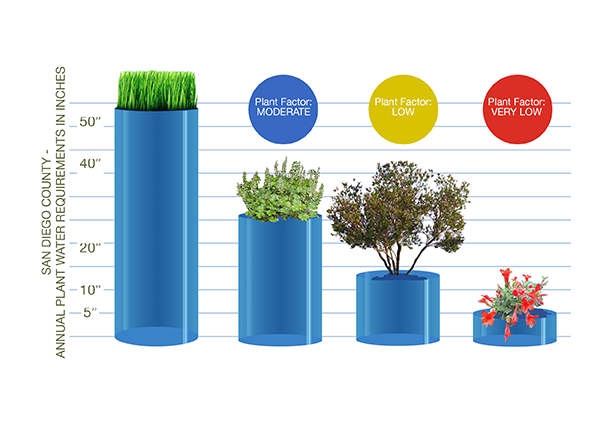Outdoor plants need varying amounts of water. Factors include plant type, climate, and soil.
Understanding how much water your outdoor plants need is essential for their health and growth. Too much or too little water can harm plants, leading to diseases or wilting. Different plants have different water requirements, and knowing these can help your garden thrive.
Climate and soil type also play crucial roles in determining watering needs. In this guide, we will explore the factors influencing water needs for outdoor plants and provide tips for proper watering. This information will help you ensure that your garden remains healthy and vibrant throughout the seasons.
Factors Affecting Water Needs
Outdoor plants require different water amounts based on factors like soil type, plant species, and weather conditions. Sandy soils need frequent watering, while clay soils retain moisture longer. Hot, sunny days increase water needs.
Climate Influence
Climate plays a big role. Hot, dry climates need more water. Cool, wet climates need less water. Plants in shade need less water than those in sun. Windy areas can dry plants faster.
Soil Type Impact
Soil affects water needs. Sandy soil drains fast. It needs more water. Clay soil holds water longer. It needs less water. Loamy soil is best. It balances water well.
Plant Species Variations
Different plants have different needs. Cacti need very little water. Ferns need lots of water. Flowering plants often need regular watering. Trees and shrubs may need deep watering. Knowing your plant helps.

Credit: potshack.net
Signs Of Underwatering
Wilting leaves can be a sign of underwatering. Leaves will droop and feel dry. Plants lose their strength. They look sad and tired.
Dry soil is another sign. The soil feels hard and cracked. It may even pull away from the pot. This means the plant needs water.
Plants grow slower without enough water. New leaves may be small. The plant might not bloom. It looks weak and unhealthy.
Signs Of Overwatering
Yellow leaves can mean too much water. The plant roots cannot breathe. They drown in water. This makes leaves turn yellow. Wet soil is another sign. Plants should not sit in water.
Roots become mushy and brown. Healthy roots are firm and white. Overwatering causes root rot. Roots need air to survive. Too much water blocks air. This kills the roots.
Mold grows on wet soil. It looks like white fuzz. This means the soil stays wet. Plants need dry periods. Mold is a sign of too much water. Dry the soil to stop mold.
Optimal Watering Techniques
Deep watering helps roots grow strong. Water slowly so it sinks deep. This helps plants stay healthy during dry days. Deep watering means watering less often but for longer. It keeps soil moist down to the roots.
Surface watering is quick but not always best. Water stays near the top. This can cause roots to stay shallow. Shallow roots mean weaker plants. Surface watering is good for new plants. It helps them start growing.
Drip irrigation saves water. It delivers water right to the roots. This method is very efficient. It reduces water waste. Drip irrigation can be set on a timer. This ensures plants get water regularly. It is great for gardens and large areas.
Seasonal Watering Tips
Spring is a time of new growth. Plants need more water. Soil should stay moist but not wet. Water in the morning. This helps plants dry before night.
Summer can be very hot. Water deeply and less often. This helps roots grow deep. Water early or late to avoid the heat. Mulch can help keep soil cool and moist.
Plants need less water in the fall. Check soil moisture before watering. Winter rains may be enough. Protect plants from frost. Cover with cloth or plastic if needed.
Time Of Day For Watering
Watering plants in the morning helps them absorb water better. The soil stays moist longer. This helps plants stay strong and healthy. Also, it reduces the risk of disease. The sun helps dry the leaves faster.
Watering in the evening can be good, too. It gives plants time to drink. The sun is not as hot. But wet leaves can get sick. They may develop mold or mildew. Be careful with evening watering.
Midday is the worst time to water plants. The sun is too hot. Water dries up fast. Plants do not get enough to drink. It can also burn leaves. Always avoid midday watering.
Tools For Effective Watering
Sprinklers are great for large areas. They cover a lot of ground quickly. They also save time. Set them up and let them do the work. Adjust the spray to suit your plants. Be careful not to overwater.
Soaker hoses are gentle. They water plants slowly. This helps the soil absorb water better. Lay them on the ground near your plants. Turn on the water and let it soak in. They are good for beds and rows of plants.
Watering cans are best for small gardens. They give you control. You can water each plant carefully. Fill the can and walk to your plants. Pour water at the base of each plant. This is good for pots and small areas.

Credit: www.patchplants.com
Conserving Water In The Garden
Mulching helps keep soil moist. It reduces the need for frequent watering. Mulch also prevents weeds. Weeds take water from your plants. Use organic mulch like straw or wood chips.
Collecting rainwater is a smart choice. Use a rain barrel to store water. This water is free. It also saves tap water. Plants prefer rainwater. It is natural and chemical-free.
Pick plants that need less water. These plants thrive in dry conditions. Examples are succulents and lavender. They survive with little care. It saves time and water.

Credit: www.sandiaseed.com
Frequently Asked Questions
How Often Should I Water Outdoor Plants?
Water outdoor plants deeply about once a week. Adjust based on weather and soil type. Consistent moisture is key.
What Time Of Day Is Best For Watering?
Early morning is best for watering outdoor plants. This allows water to soak in before evaporation.
How Do I Know If Plants Need Water?
Check soil moisture by sticking a finger into the soil. If it feels dry, it’s time to water.
Can I Overwater Outdoor Plants?
Yes, overwatering can harm plants. Ensure soil drains well and avoid waterlogged conditions to prevent root rot.
Conclusion
Determining water needs for outdoor plants can be simple. Observe your plants. Check soil moisture regularly. Water deeply but less frequently. Consider the plant type and weather. Adjust watering based on growth stage. Proper watering keeps plants healthy and thriving.
Remember, every garden is unique. Experiment to find what works best for your plants. Happy gardening!

My mission is to help you bring the beauty of nature indoors with expert advice, detailed plant care guides, and creative design ideas.





Leave a Reply